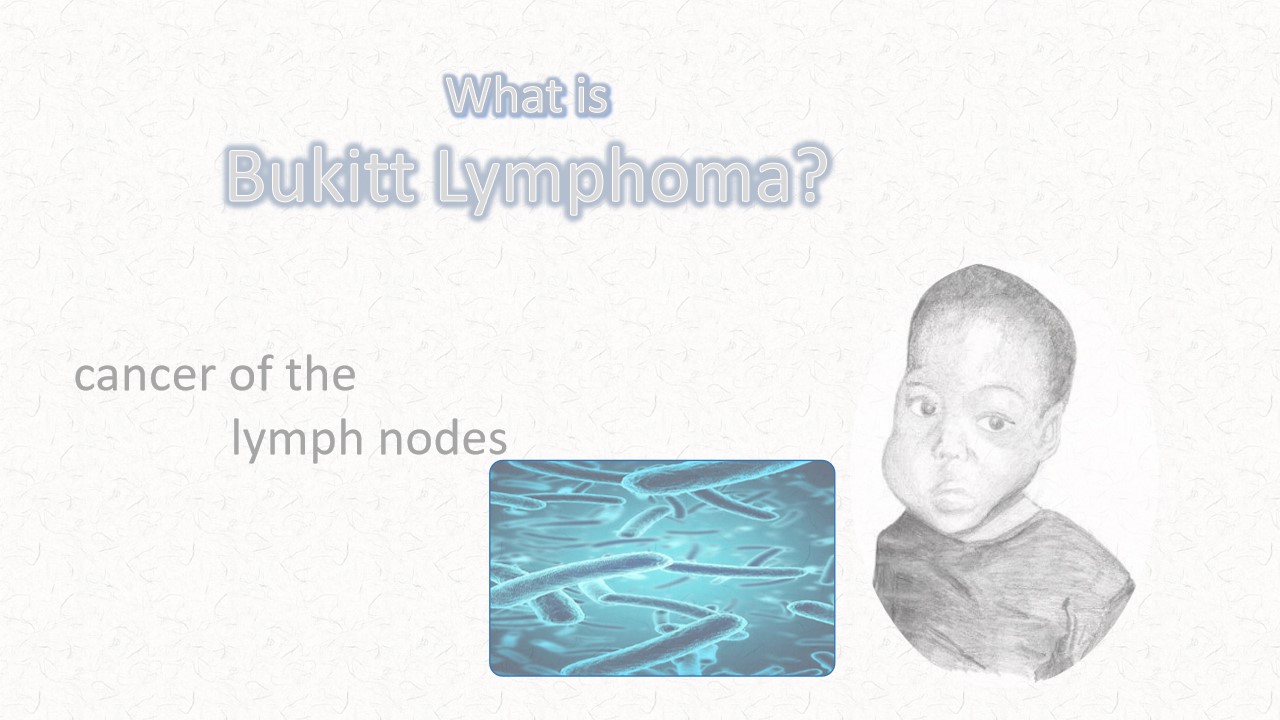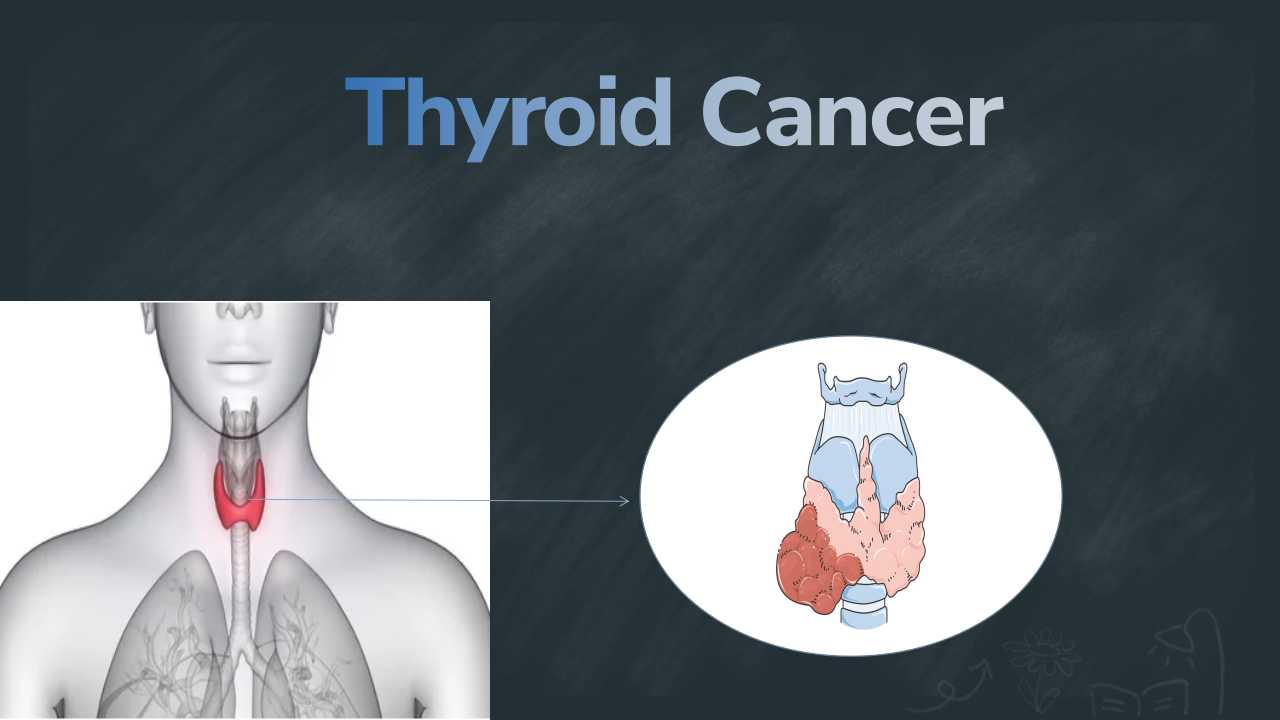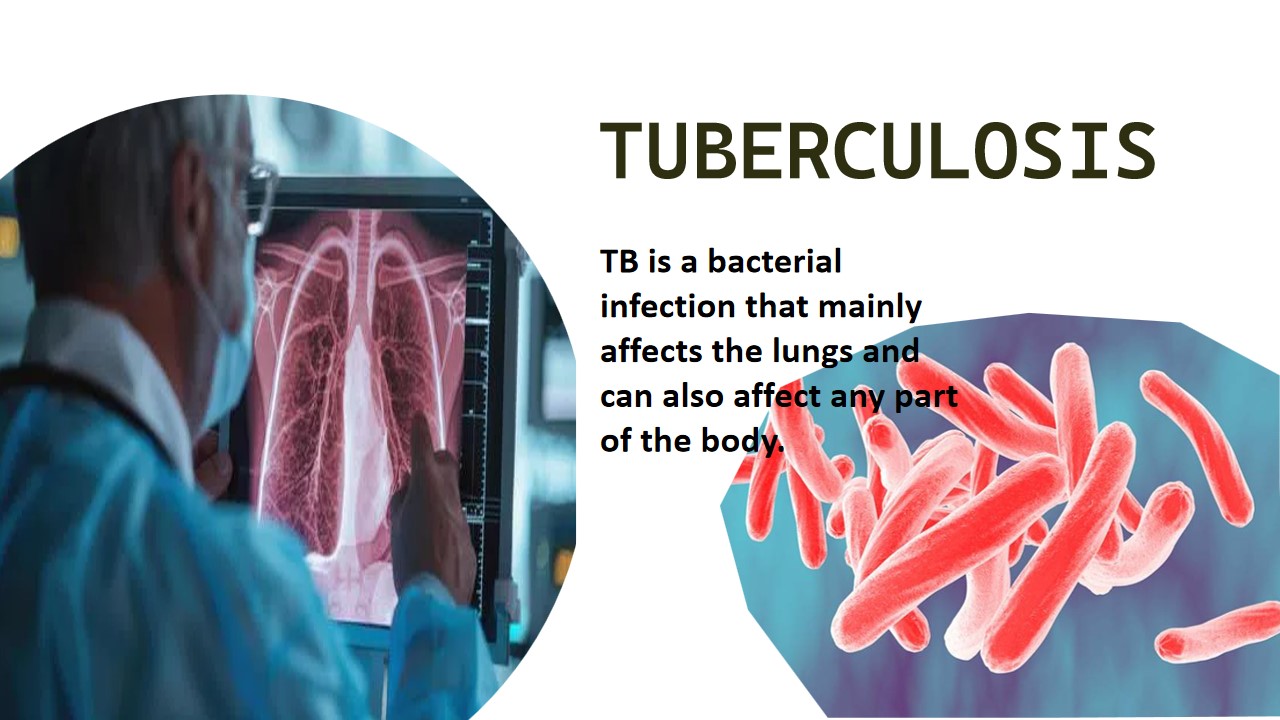
Burkitt lymphoma
One kind of B-cell non-Hodgkin lymphoma is Burkitt's lymphoma. This is an uncommon kind of cancer that frequently begins in internal organs such as the spleen or abdomen. Children are usually affected by this illness, whereas younger adults are affected less commonly. Burkitt lymphoma is sometimes lethal. According to studies, patients who start therapy the right way have high rates of remission, which means that after treatment, they no longer exhibit any symptoms or indicators of the illness.
There are three varieties of Burkit lymphoma. People are affected differently by each type based on a variety of factors, including age, place of residence, and the presence of underlying medical disorders. Here is a list of types of Burkitt lymphoma.
Endemic: The most prevalent kind of Burkitt lymphoma is this one. It is associated with the Epstein-Barr virus and generally affects youngsters residing in central Africa. This virus is the source of mononucleosis. Burkitt lymphoma typically develops malignancies in the cheekbones or jaws.
Sporadic: In the US, this kind of Burkitt lymphoma is prevalent. Children are more affected than adults. More than 40% of pediatric non-Hodgkin lymphomas are Burkitt lymphomas. Children typically develop this kind of lymphoma between the ages of three and twelve.
Relational to immunodeficiency: Individuals with acquired human immunodeficiency virus (HIV/AIDS) are susceptible to this kind of Burkitt lymphoma. On rare occasions, it may also impact those with weakened or damaged immune systems due to disease.
Symptoms
- weakness
- extreme tiredness (fatigue)
- night sweats that soak your clothes and bedding
- high temperature (fever)
- unexplained weight loss
- Pain in abdomen
- feeling sick (nausea)
- vomiting
Causes/Risk factors
- Mutation in genes
- Epstein -Bar virus
- Poor lifestyle
Diagnosis
Cytology dpartement
Serous fluid are using in the cytopathological examination of burkitt lymphoma. Hematoxyline and eosin stain use to diagnosed the burkitt lymphoma along with the microscope.
Ascitic fluid examined under the microscope
Histology department
The definitive diagnosis of Burkitt lymphoma is made through a biopsy. A biopsy involves the removal of a small piece of tissue from an affected lymph node. The tissue sample is then sent to a pathologist who examines it under a microscope.
Burkitt lymphoma is characterized by the presence of characteristic histological features, including a "starry-sky" appearance. This appearance is due to the infiltration of macrophages among the malignant lymphocytes
Burkitt lymphoma image under the microscope
Reference:
1.https://www.ncbi.nlm.nih.gov/books/NBK538148/
2.https://my.clevelandclinic.org/health/diseases/22777-burkitt-lymphoma





0 comments